
A wildfire, often simply referred to as a “wildfire,” is an uncontrolled and rapidly spreading fire that occurs in vegetation, forests, grasslands, or other natural areas. These fires can be extremely destructive and pose a significant threat to both human life and property, as well as the environment. Wildfires can be ignited by various sources, including lightning strikes, human activities (such as discarded cigarettes, campfires, or power lines), and even volcanic activity.
“Effective Strategies to Control the Greenhouse Effect: Mitigating Climate Change and its Impact”
Causes of wildfire
1. Natural Causes
1.1 Lightning Strikes: The Sky’s Firestarter One of the most primal and awe-inspiring triggers of wildfires is lightning. Electrically charged particles within thunderstorms create lightning strikes that can ignite vegetation in remote areas. These ‘natural’ wildfires have shaped landscapes for millennia, giving certain ecosystems the opportunity to renew and regenerate.
2. Human Causes
2.1 Unattended Campfires: Igniting Unintentional Havoc Human carelessness is a significant contributor to the wildfire problem. Campers and hikers who neglect to extinguish their campfires properly can unwittingly provide the spark that sets off a massive conflagration. A single ember carried by the wind can ignite dry vegetation, transforming a seemingly innocuous campfire into a destructive force.
2.2 Discarded Cigarettes: A Smoldering Danger Cigarette butts tossed without a second thought along roadsides, trails, or into dry grass can have catastrophic consequences. These seemingly minor actions can lead to catastrophic blazes that threaten lives and property, underscoring the importance of responsible behaviour in fire-prone areas.
2.3 Equipment Malfunctions: Unintended Combustion Mechanical equipment like power tools, chainsaws, and vehicles can produce sparks or excessive heat, especially when used in environments with dry vegetation. These seemingly innocuous tools can quickly become fire-starting agents when proper precautions are not taken.
2.4 Power Lines and Electrical Infrastructure: Sparks of Catastrophe Malfunctioning power lines and electrical equipment are notorious for causing wildfires. When power lines come into contact with vegetation or are compromised by strong winds, electrical arcs can occur, igniting nearby flammable materials. This underscores the importance of regular maintenance, especially in areas prone to wildfire risk.
3. Environmental Factors
3.1 Dry Conditions: Fueling the Flames Dry conditions play a critical role in the ignition and spread of wildfires. Extended periods of drought lead to desiccated vegetation that becomes highly susceptible to ignition. In such conditions, even the tiniest spark can transform into a raging inferno, propelled by the abundance of available fuel.
3.2 Wind: Spreading the Menace Wind acts as both an accelerant and a distributor for wildfires. Strong winds not only fan the flames, making them burn hotter and faster but also help carry embers over long distances, allowing fires to jump barriers like rivers or firebreaks.
3.3 Rising Temperatures and Drought: A Combustible Cocktail Climate change contributes to wildfire risk by altering weather patterns and intensifying drought conditions. Rising temperatures and prolonged periods of heat create a conducive environment for vegetation to dry out faster, increasing the potential for ignition. These changing conditions make wildfires more frequent, severe, and challenging to control.
3.4 Insect Infestations and Dead Vegetation: A Tinderbox in Waiting Insect infestations, such as bark beetles, can weaken and kill trees, leaving behind vast expanses of dead and dry vegetation. These dead trees become highly flammable fuel, increasing the likelihood of wildfires and making containment efforts more difficult due to the intense heat generated by burning dead material.
Impact of wildfire
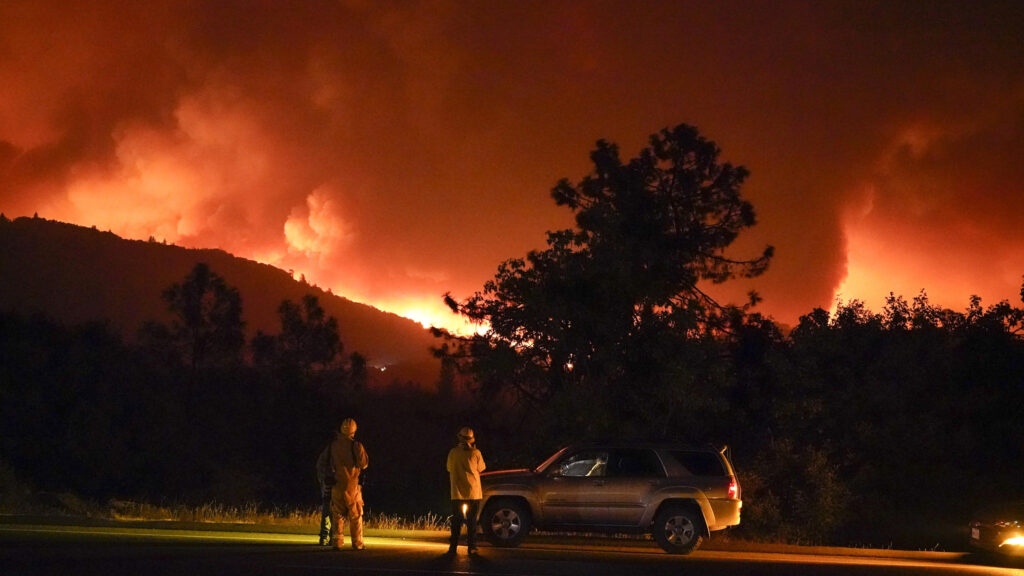
Wildfires, with their consuming flames and smoky aftermath, leave a lasting imprint on landscapes, ecosystems, communities, and beyond. The impact of these natural disasters is profound, encompassing environmental, economic, social, and psychological dimensions. In this exploration, we delve into the far-reaching consequences of wildfires, from the immediate devastation to the eventual paths of recovery and resilience.
Environmental Devastation
1.1 Ecosystem Disruption: Wildfires transform landscapes in the blink of an eye. They erase habitats, incinerate plant and animal life, and alter the delicate balance of ecosystems. Flora and fauna that have evolved to cope with occasional fires can be decimated by more frequent and intense blazes.
1.2 Soil Degradation: Intense heat can scorch the topsoil, damaging its structure and nutrient content. This soil vulnerability can lead to erosion, landslides, and reduced water retention capacity, impacting future plant growth and exacerbating environmental degradation.
1.3 Air Quality Degradation: The smoke generated by wildfires contains a mixture of hazardous air pollutants, including fine particulate matter and toxic gases. These pollutants can travel long distances, affecting air quality in distant areas and posing health risks to people and wildlife alike.
Human and Economic Toll
2.1 Property Destruction: Homes, infrastructure, and livelihoods can be reduced to ashes in the path of a wildfire. The financial toll of rebuilding and recovering from such losses can be immense and can take years to overcome.
2.2 Economic Disruption: Beyond immediate property damage, wildfires can disrupt local economies. Tourism, agriculture, and other industries can suffer due to evacuated areas, damaged infrastructure, and a tarnished reputation.
2.3 Emergency Response Costs: The resources required to combat and manage wildfires are substantial. The expenses associated with firefighting efforts, evacuations, emergency services, and recovery can strain government budgets and communities.
Social and Psychological Impact
3.1 Displacement and Trauma: Evacuating homes and communities under the threat of fire can lead to emotional distress and trauma. The loss of possessions, personal history, and a familiar sense of security can take a toll on mental well-being.
3.2 Community Bonds: Wildfires can both challenge and strengthen community bonds. While these disasters can fracture communities through displacement, they can also foster unity as neighbours support each other in times of crisis.
“Empowering Your Core: Mastering Dandasana for Inner Strength and Emotional Resilience”
3.3 Long-Term Resilience: Communities affected by wildfires often demonstrate remarkable resilience. Learning from past experiences, they may implement better fire-resistant building practices, develop community evacuation plans, and foster a culture of preparedness.
Ecological Renewal and Adaptation
4.1 Natural Renewal: Paradoxically, wildfires are a part of many ecosystems’ natural cycles. Certain plant species rely on fire to release seeds or stimulate growth, leading to rejuvenation and renewal after the blaze has passed.
4.2 Adaptation and Regeneration: Over time, ecosystems affected by wildfires can undergo a process of regeneration and adaptation. New plant life emerges, and wildlife recolonizes the area, albeit with potential shifts in species composition.
How can we prevent Wildfire?
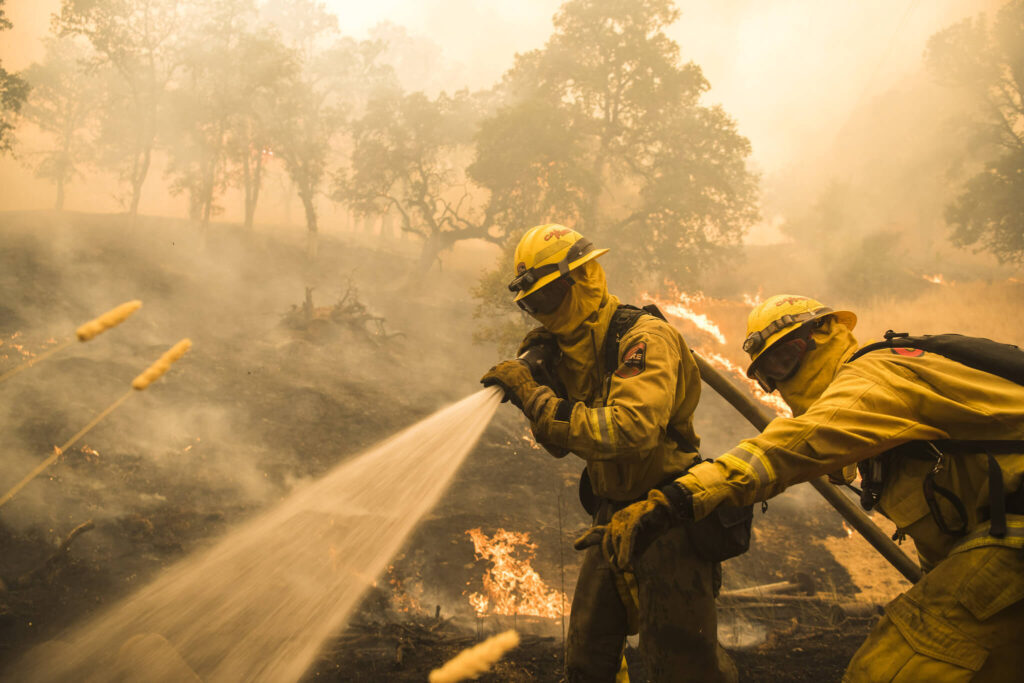
Preventing wildfires requires a combination of responsible behaviour, proactive planning, and effective land management practices. While it’s impossible to eliminate all wildfire risks, there are several strategies that individuals, communities, and governments can implement to minimize the chances of fires starting and spreading. Here are some key measures:
Responsible Fire Behavior:
- Never leave campfires unattended and make sure they are fully extinguished before leaving.
- Use designated fire rings or pits for campfires and avoid building fires in dry, windy conditions.
- Properly dispose of cigarette butts and avoid discarding them in vegetation.
- Avoid using equipment that produces sparks in dry or windy conditions.
Home and Property Preparedness:
- Create defensible spaces around homes by clearing away flammable vegetation, leaves, and debris.
- Choose fire-resistant building materials and design features for homes in fire-prone areas.
- Maintain roofs and gutters, and consider installing spark arrestors on chimneys.
- Store firewood, propane tanks, and other flammable materials away from structures.
Public Awareness and Education:
- Educate the public about the importance of fire safety and responsible behaviour in fire-prone areas.
- Promote local fire ordinances and regulations through community outreach and educational campaigns.
- Provide information on evacuation plans, emergency contacts, and safe routes.
Firewise Communities:
- Implement Firewise USA programs that focus on community-based wildfire risk reduction.
- Engage residents in wildfire preparedness activities, such as creating defensible spaces and using fire-resistant materials.
Land Management Practices:
- Conduct controlled or prescribed burns in strategic areas to reduce the accumulation of flammable vegetation.
- Implement forest thinning and vegetation management projects to create firebreaks and reduce fuel loads.
- Develop land use planning that takes wildfire risk into account, avoiding construction in high-risk zones.
Early Detection and Rapid Response:
- Implement monitoring systems to detect fires as early as possible, including using technology like fire-detection cameras and satellite imagery.
- Maintain a well-trained and equipped firefighting force ready to respond swiftly to new fire starts.
Fire Bans and Restrictions:
- Enforce fire bans and restrictions during periods of high fire danger, such as during dry spells or drought conditions.
- Temporarily close recreational areas and public lands when fire risk is exceptionally high.
Climate Change Mitigation:
- Address climate change by reducing greenhouse gas emissions, which can contribute to hotter and drier conditions that increase wildfire risk.
Collaboration and Coordination:
- Foster collaboration among government agencies, local communities, non-profit organizations, and firefighting agencies to create comprehensive wildfire prevention strategies.
Research and Technology:
- Invest in research to better understand wildfire behaviour, ignition sources, and prevention methods.
- Utilize technology like fire modelling, weather forecasting, and early warning systems to improve wildfire prediction and response.
By implementing a combination of these strategies and promoting a culture of wildfire awareness and responsibility, we can collectively reduce the frequency and severity of wildfires and protect our communities, ecosystems, and natural resources.

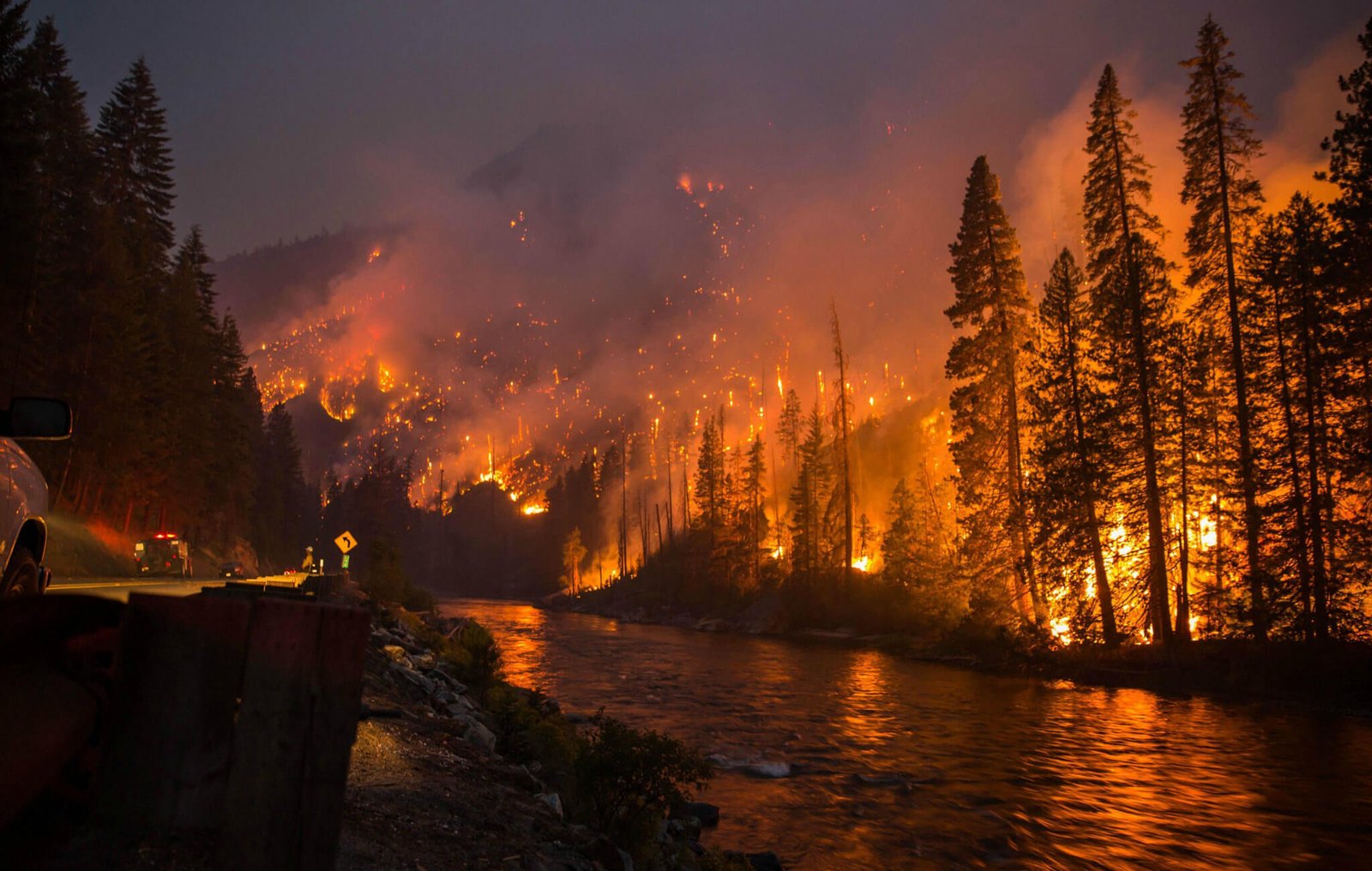
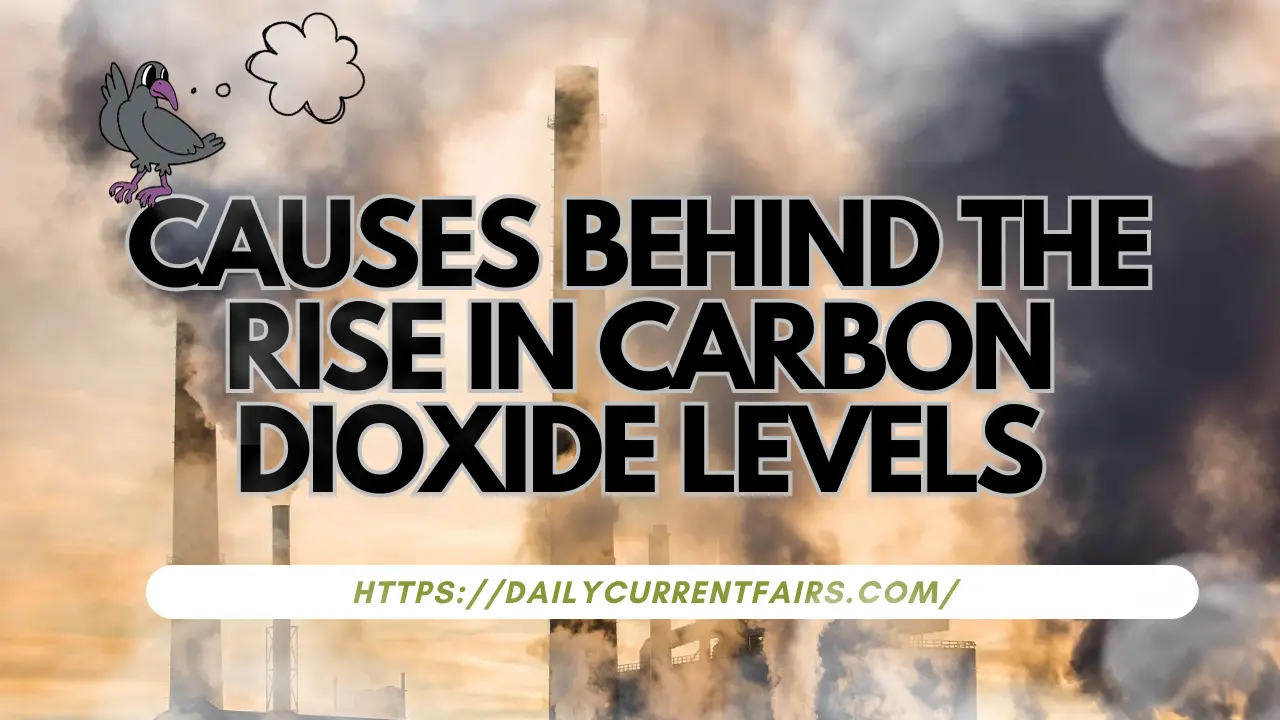
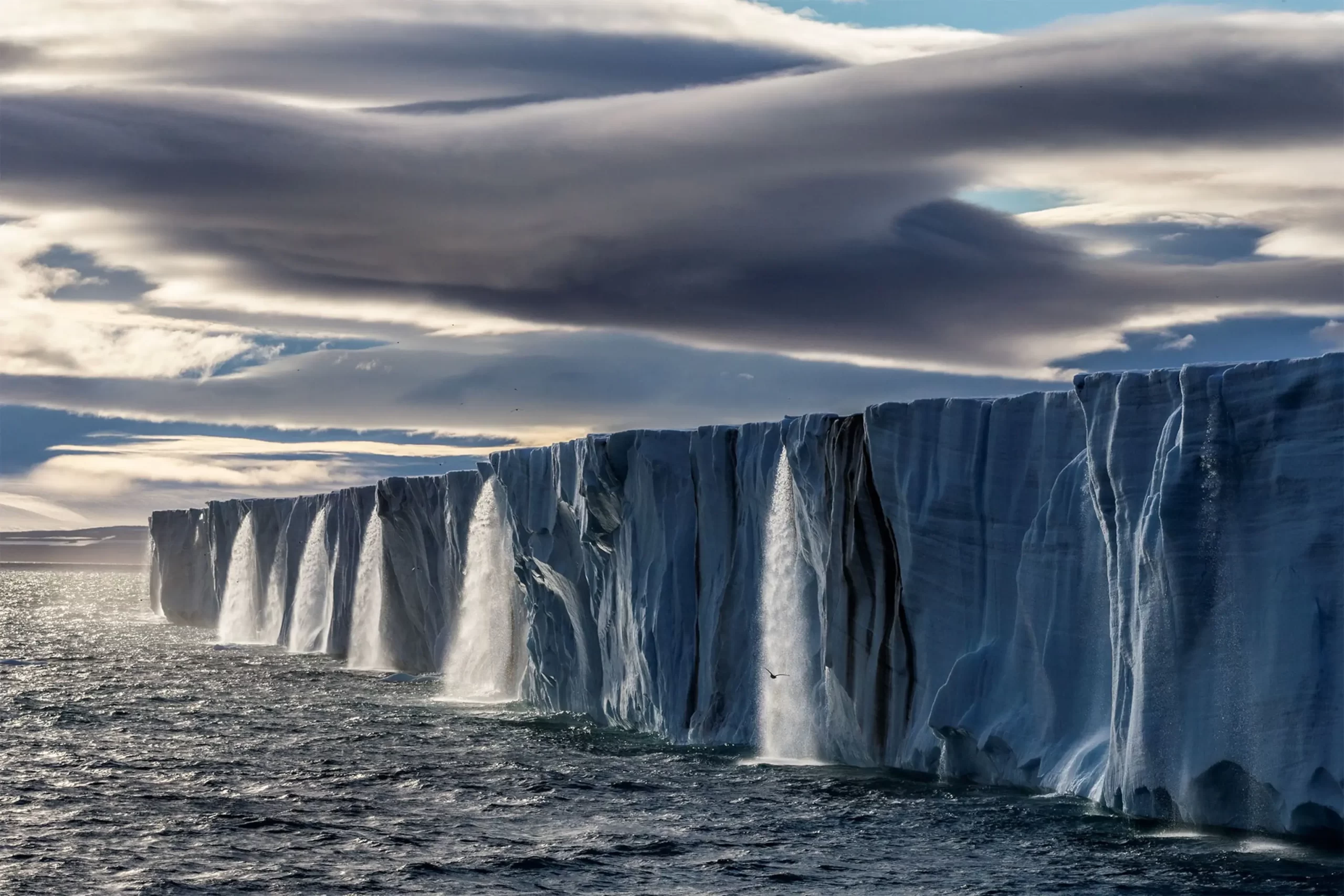
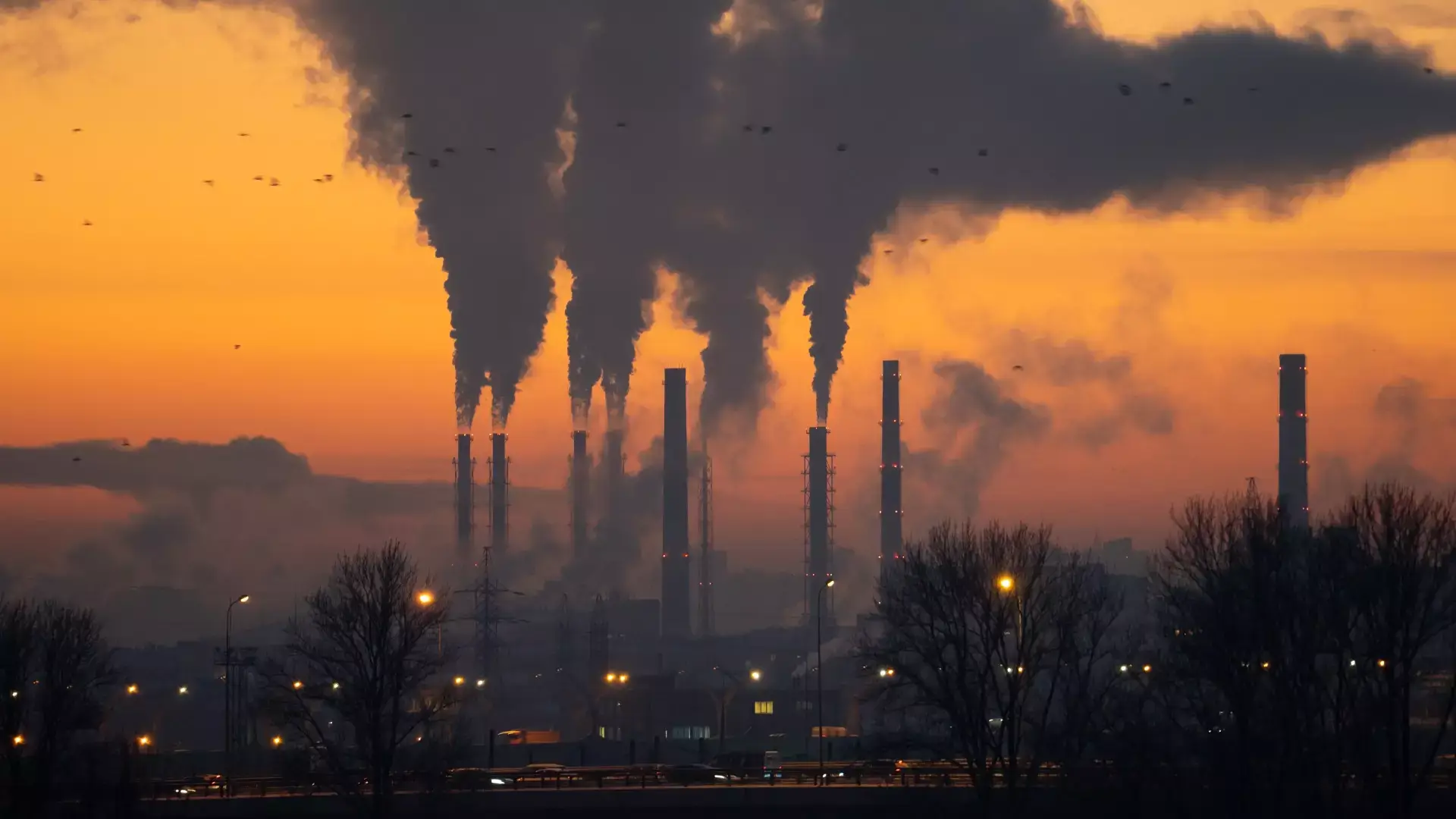
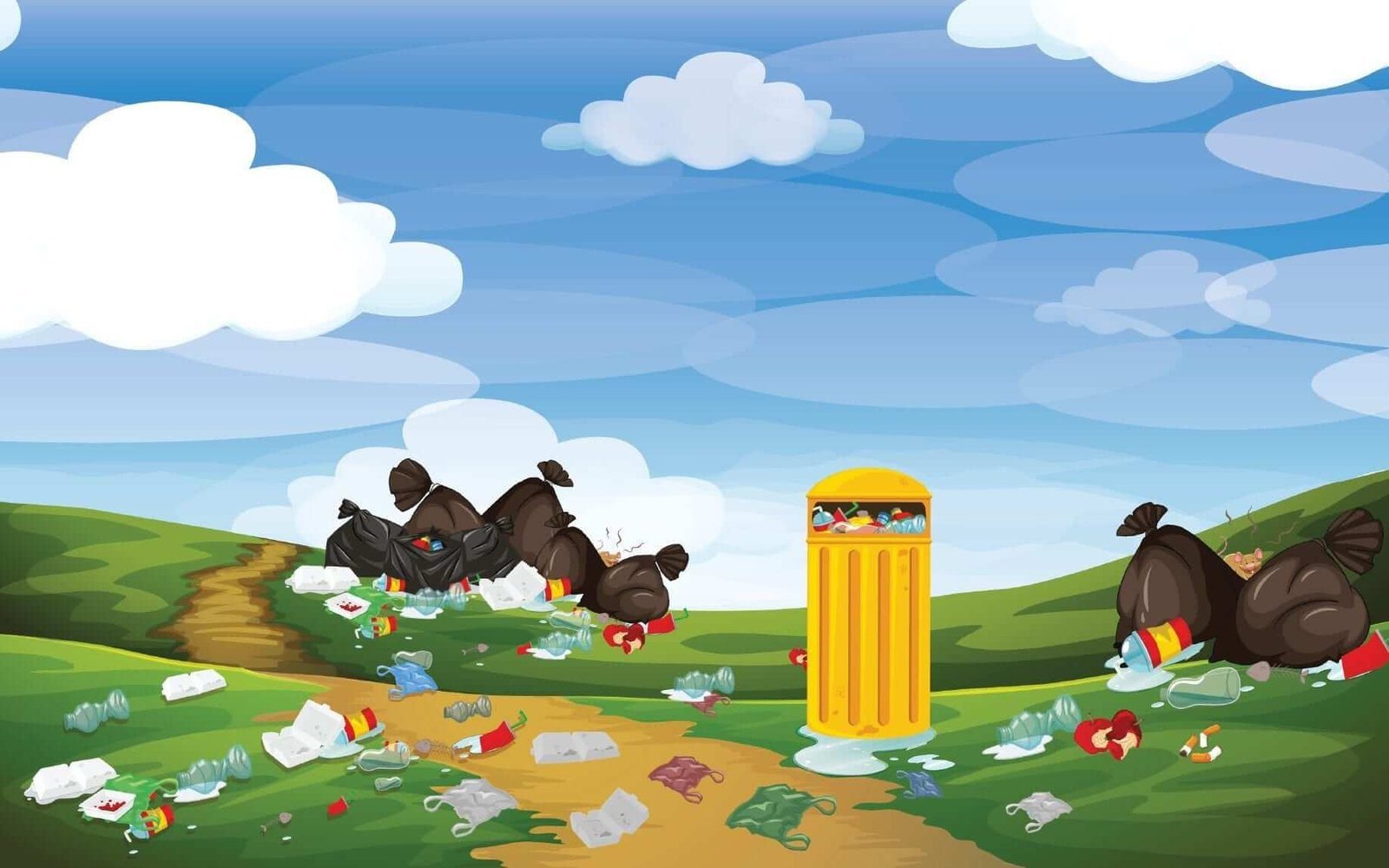
[…] “From Spark to Inferno: Decoding the Triggers and Spread of Wildfire” […]
[…] “From Spark to Inferno: Decoding the Triggers and Spread of Wildfire” […]
naturally like your website but you need to check the spelling on quite a few of your posts. Many of them are rife with spelling issues and I find it very troublesome to tell the truth nevertheless I will certainly come back again.